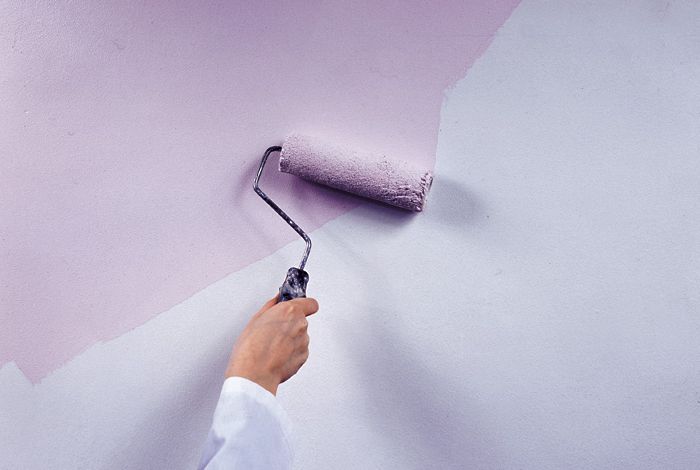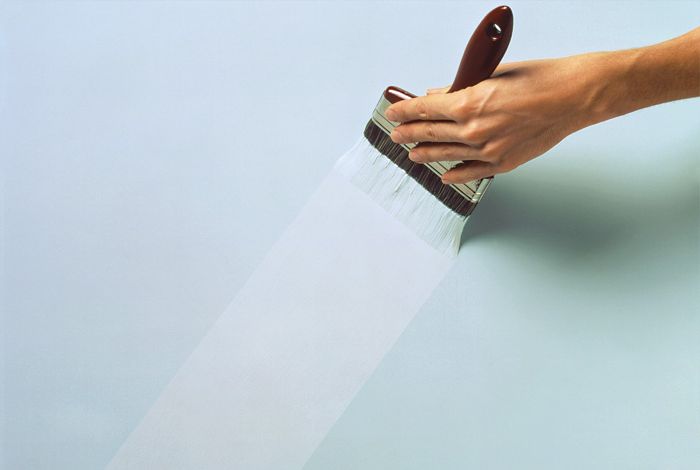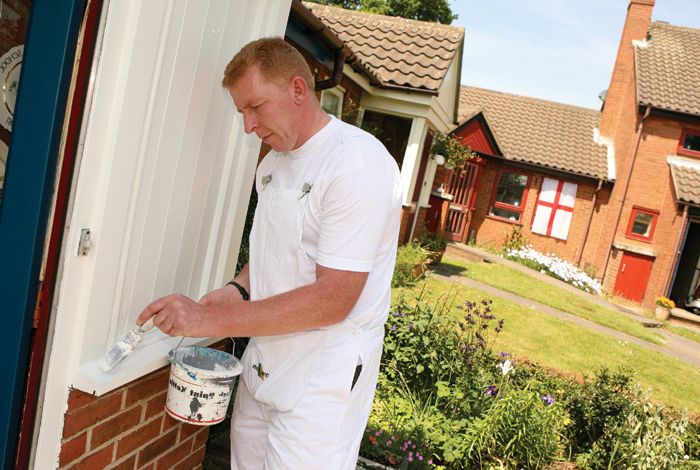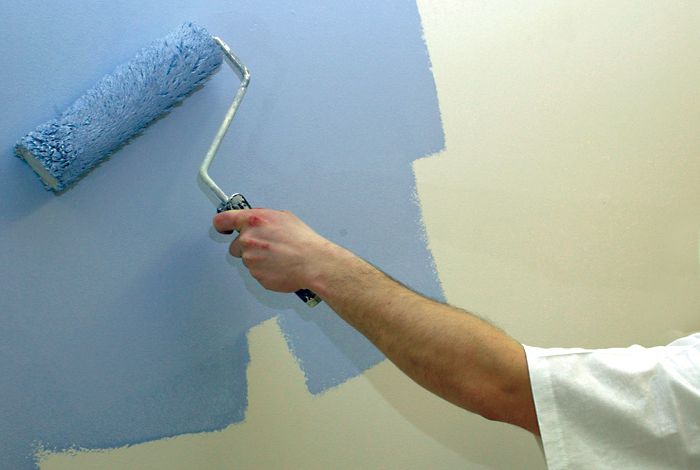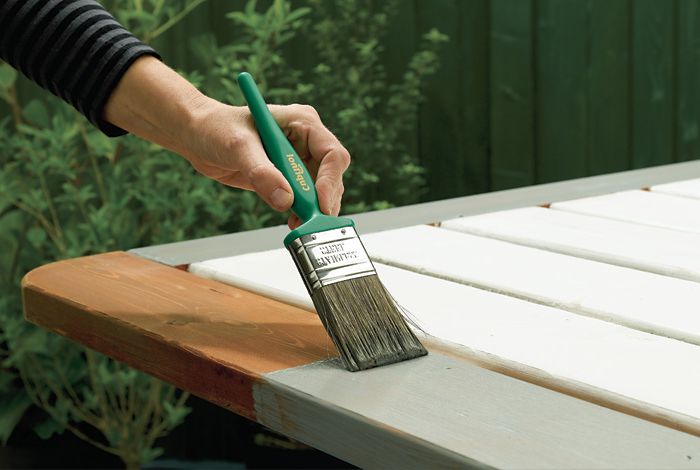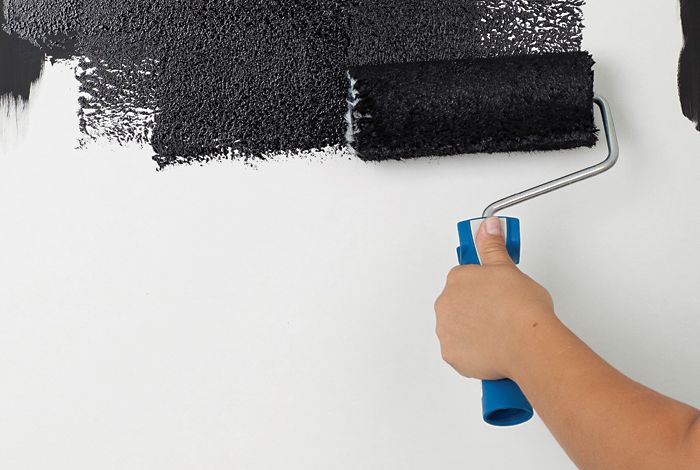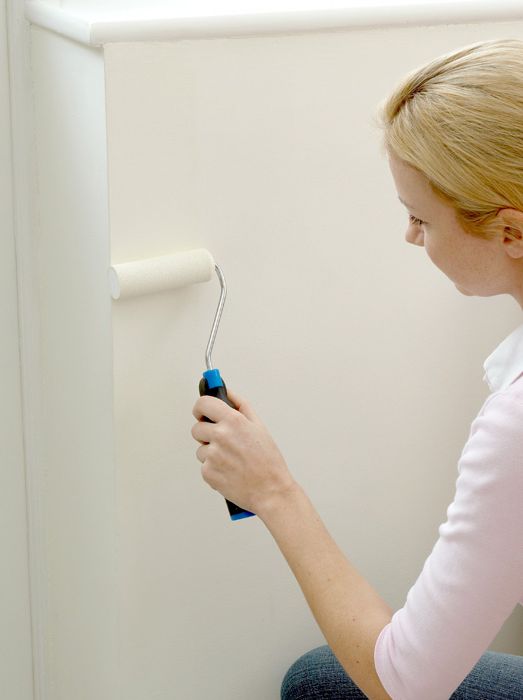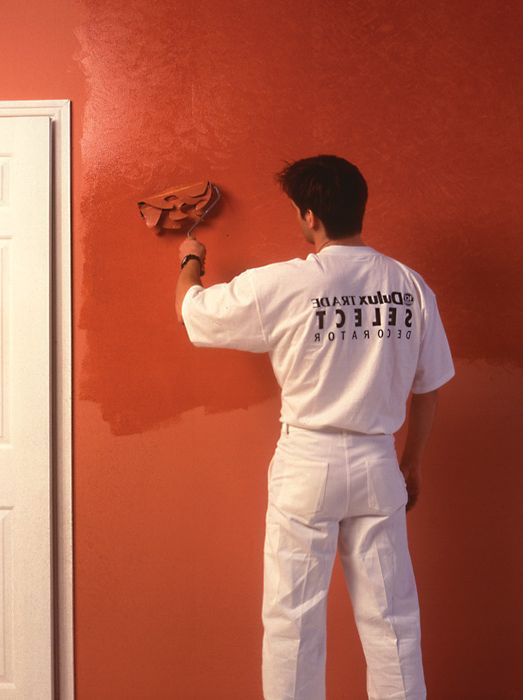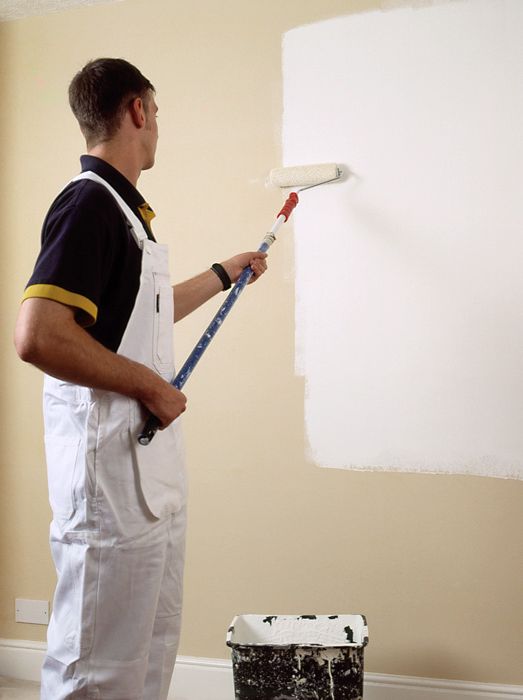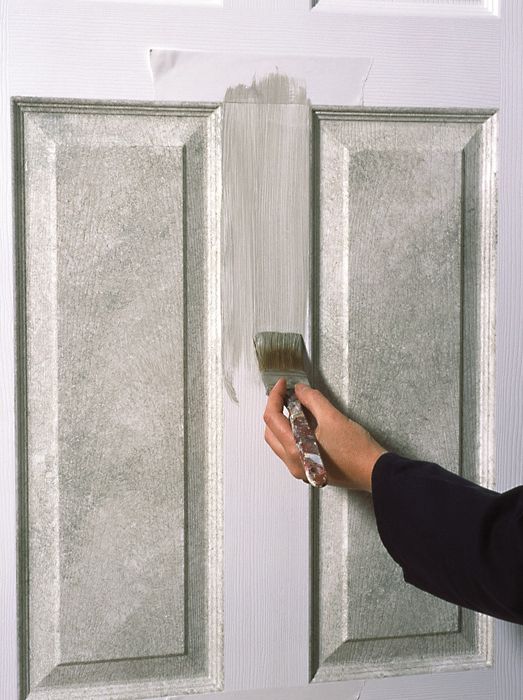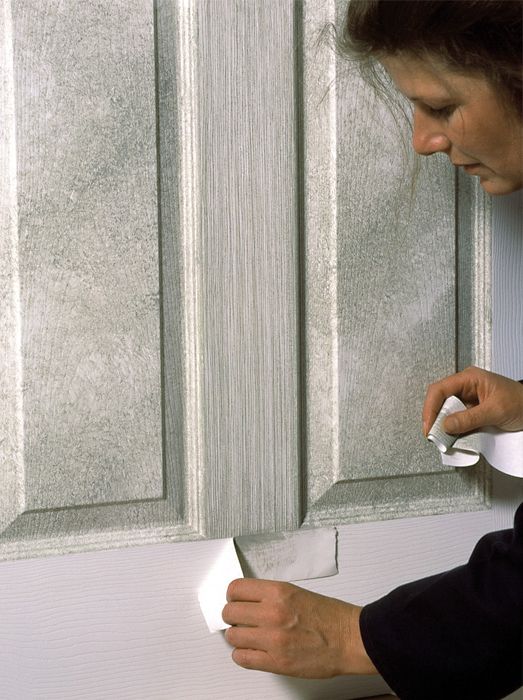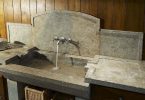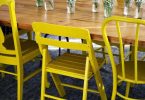What doesn’t paint a wall: 5 common mistakes when working with paint.
Modern water-based paints have excellent covering and abrasion resistance, hide minor defects and give walls an even tone. In the hands of an inexperienced user, they can leave bubbles, stains and smudges on the walls. It’s time to talk about the main mistakes of inexperienced painters and their consequences.
1. Failure to comply with the aging period after painting.

What doesn’t paint a wall: 5 common mistakes when working with paint.
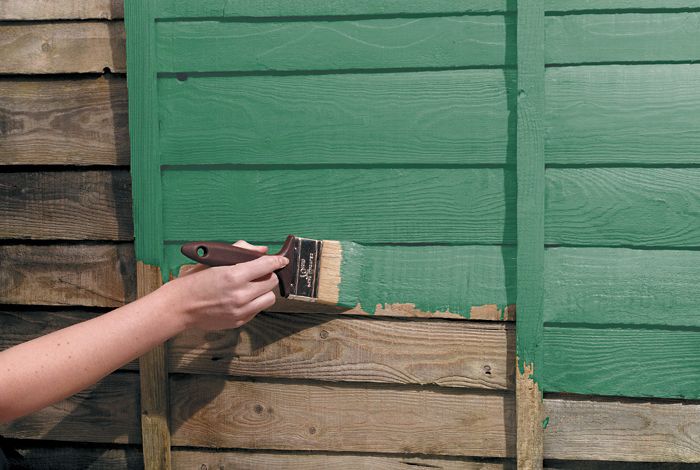
What doesn’t paint a wall: 5 common mistakes when working with paint.
PROBLEM: Stains and streaks.
The highest quality water-based paints, such as the products of the English brand Dulux, dry in 2-4 hours, and at the same time they have almost no smell. That is, the repair is actually done instantly – the user may get the impression that the coating immediately becomes ultra-durable and can be washed in case of contamination. In addition, the instructions for the paints say: painted surfaces can be washed using household chemicals.
Indeed, if such markings are present on the can, the walls can be washed – but not earlier than 30 days after applying the paint (this is clearly stated in the same instructions). It turns out that it takes a month for the coating to finally gain strength. Washing the walls earlier than this is almost guaranteed to lead to streaks and shiny areas..
2. Application of paint in one coat only.
What doesn’t paint a wall: 5 common mistakes when working with paint.
What doesn’t paint a wall: 5 common mistakes when working with paint.
PROBLEM: Uneven coloration, missed shade.
Previously, everyone knew that water-based paints are such a watercolor for walls: one layer always turns out to be transparent. Therefore, for an intense shade, you need to apply two, or preferably three layers. The reason was the prevalence of cheap paints containing a small amount of pigments on the market – they had poor hiding power, and for a dense color it was necessary to apply more than two layers of such a product to the walls.
Modern materials (eg Dulux) contain a sufficient amount of pigment and have a high hiding power. But one layer is still not enough for high-quality painting..
All Dulux products are labeled – «apply in two layers». The first layer is the so-called «primer», paint is spread over the surface. The second layer is already shading, color alignment and filling in small irregularities..
3. Wrong choice of paint thinner.
What doesn’t paint a wall: 5 common mistakes when working with paint.
What doesn’t paint a wall: 5 common mistakes when working with paint.
PROBLEM: white spirit instead of water.
White spirit is a light grade of kerosene and a popular solvent for oil and alkyd paints. When incorporated into water-based paints, it causes polymer adhesion. Even if the mixture looks like paint in the end, it covers the wall unevenly – both uniformity and color are disturbed.
Modern water-based paints (such as Dulux) are a mixture of water, binder, fillers, pigments and special additives, which is distributed as evenly as possible over the surface. After the water evaporates, a polymer film of high resistance remains – if white spirit is added to such a paint, then the formation of the film will be disrupted. In addition, the use of white spirit violates the whole eco-logic of the use of water-dispersion paints, because they are chosen for the interior walls of residential premises, for painting partitions in kindergartens and hospitals. So, in the name of the beauty of the home and the health of its inhabitants, you should simply remember: only water is suitable for diluting Dulux water paints.
4. And if there is too much water?
What doesn’t paint a wall: 5 common mistakes when working with paint.
What doesn’t paint a wall: 5 common mistakes when working with paint.
PROBLEM: the layer of paint does not set on the surface, the shade does not match the selected color.
An excess of water in the paint violates its properties – there is a risk that the paint will not lie flat, the film will be broken, the properties declared on the label will be lost, and the putty background will inevitably appear through the shade chosen with such difficulty.
The proportion of water added to Dulux Primer Paint is 1: 5 or 1:10, depending on the product. However, not all Dulux products need to be diluted with water. For example, Dulux 3D White marble-based paint can be applied to walls and ceilings directly from a can. The same can be done with Dulux Matt paints Ready colors.
5. Using interior paints instead of facade paints – and vice versa.
What doesn’t paint a wall: 5 common mistakes when working with paint.
What doesn’t paint a wall: 5 common mistakes when working with paint.
PROBLEM: odor, feeling unwell indoors, fragility outside.
Facade paints form durable, smooth coatings, they are not afraid of excess moisture and fungus. These properties are achieved through the use of special additives, the release of which from the film into the atmosphere of the living space can adversely affect human health. Also, these additives can leave an odor. On the street, such problems do not arise – because of the fresh air and wind.
In turn, interior paint, which does not contain additives against biocorrosion and weathering, quickly peels off, fades and even becomes covered with mold spots on the facade. But it is absolutely safe to use inside the house – and is able to maintain the brightness of the shade and uniformity of the coating for a long time. By and large, all that is needed to solve this problem is to make the right choice..
What doesn’t paint a wall: 5 common mistakes when working with paint.
What doesn’t paint a wall: 5 common mistakes when working with paint.
What doesn’t paint a wall: 5 common mistakes when working with paint.

What doesn’t paint a wall: 5 common mistakes when working with paint.
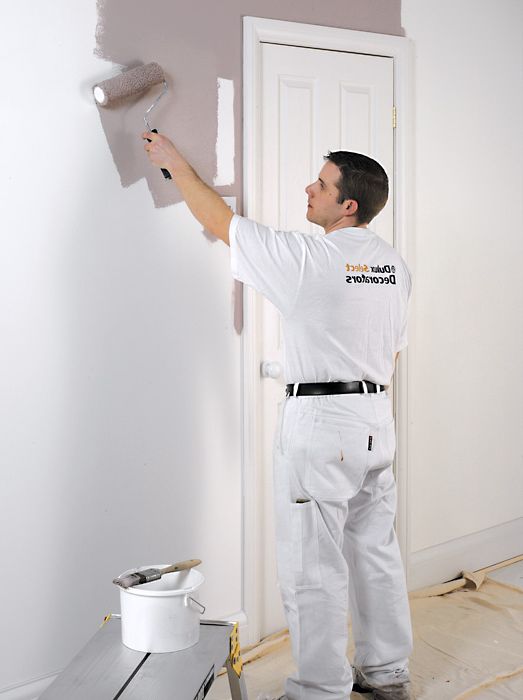
What doesn’t paint a wall: 5 common mistakes when working with paint.

